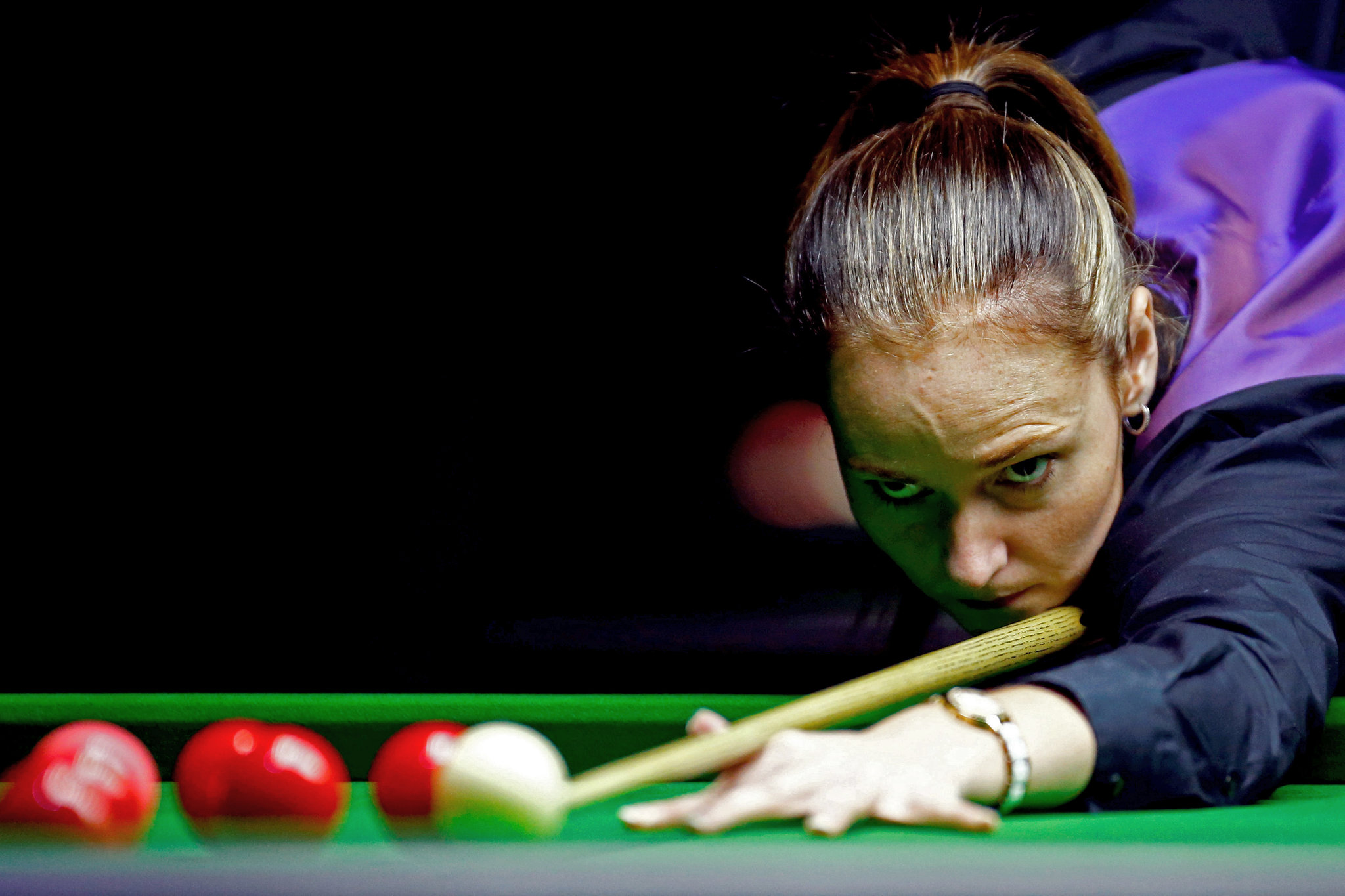
Bank shots are tricky because they require finesse. The trick is to keep track of the ball's trajectory and to determine the best angle to get the ball to the pocket. This goes beyond knowing how to strike the ball, but also the best diamond for the job. A bank shot is used to either sink a poolball or recover from a safety. It can even be used as a splitter for cross-pocket lines.
A bank shot is a complicated feat, but it does not have to be. There are many factors you need to consider. These include the size of your cue ball, how many pieces there are between the cue and object balls, and the speed and spin of the object. Variable speeds and angles can be used to fine tune your bank shot. Practice your shot with a friend.
There is no perfect bank shot. Each player has their own style and every bank shot can be a little bit different. However, there are a few basic techniques that everyone should be aware of. To maximize your chances of winning, it is important to take the right bank shot. It isn't as hard as it sounds.

You can bank a pool ball by using the cue ball spin to increase the angle. By doing so, the ball will have a more direct path on the rail. Also, accurate spin will improve your accuracy. As the ball bounces off the rail, you will be able observe its trajectory.
A "gear effect" is another way to optimize a bank shot. This refers to the object ball's ability to revolve around the center of gravity. You can achieve this by applying a little friction.
You can use the gear effect in many situations. However, the most obvious application is to adjust the rail's angle. Because the angle of the rail is short, this is particularly noticeable when the ball is near it. With the correct angle, you can pocket your object ball without needing to foul.
Kick shots, also known as side pocket kick shots, are another popular use. Similarly, lag shots can be used when the object ball is too far from the rail to be easily seen. Lag shots are especially useful when the objectball is in a position that the line is obscured.

The reverse-cut bank shot is one of the most difficult bank shots. To compensate for the left-hand transfers, you will need to make the object ball smaller. Also, if the object ball is too far away from the rail, you'll have to make a more drastic angle.